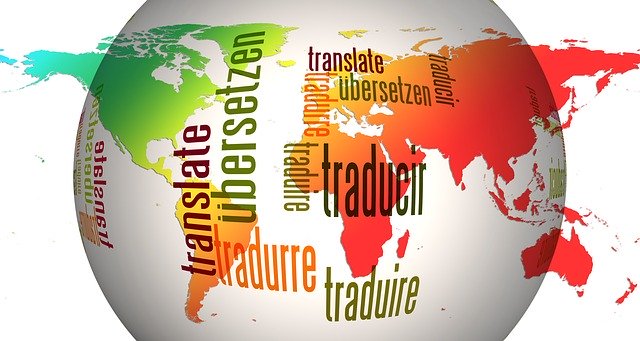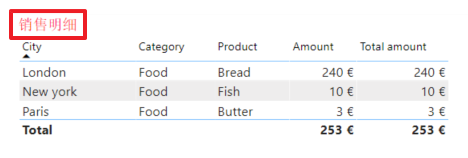Translations life cycle management
Translations life cycle management must be considered seriously as soon as we decide to translate Power BI reports. Translating a report in several languages takes some time when we do it for the first time. But we expect the maintenance of translations will be as easy as possible when the report will be modified or when a new language will be added.
Some of our colleagues or customers reject reports in a language they are not used to. So when we want to reach a larger audience, our reports need to be translated.
Even if the report has been designed in users’ language, we might need to transform an IT format to a business format. For example, “TotalSalesAmount” -> “Total sales amount” or “Dim_Date” -> “Calendar”. This way, IT and business people will be comfortable with terms they are used to. Both of them will be efficient without effort.
You may have a look at this interesting blog post from Chris Webb : https://blog.crossjoin.co.uk/2020/06/28/naming-tables-columns-and-measures-in-power-bi/
Translators profiles
Depending on the languages quantity, we might need several people to help translating or validating translations. Some of this people will be business users located in different places, in different business units and not working at the same time. For these users, we need to find a comfortable way to manage translations allowing :
- copy and paste
- automatic translation
- easy identification of new labels
- easy identification of the labels needing a review after modification
- splitting translations between translators with an appropriate level of security
The most popular tool to manage data for business users is definitely Excel. An Excel file can be hosted on the network or on OneDrive and shared among multiple users. No need to train them to a new tool and support will be minimal.
Entities to be translated
- Model
- Tables name & description
- Columns name, display folder & description
- Measures name, display folder & description
- Hierachy name & description
- Perspective name & description
- Report
- Visuals title, legend name & header tootltip
- Pages name
- Textbox content
- Data to be translated outside of the database
Fot each of these entities, we need to detect any creation, modification and deletion to maintain translations and eventually to activate translators.
Example of methodology to ease the task
Initialization
- Create 3 sheets in the Excel file : Model, Visuals, Data
- Load entities to translate in these sheets. Color the cells in yellow to identify a new entity was appened
- Add 1 column by language
- Initialize translations for each language with an automatic translator. Color these cells in yellow
- Share the file with translators asking them to validate their languages. For security purpose, it is possible to split the file in as many files as translators
- Once the translations are validated, remove the yellow color
- Once there is no more yellow in the file(s), it is time to publish. Use the file(s) as a datasource in Power BI
Evolutions
Each time an entity is added or modified we need to update translations. From time to time, we need to clean the file removing entities no longer used.
- Load entities into the file(s)
- Color new or modified entities in yellow and color removed entities in grey
- Optionally remove lines with a grey color
- Share the file(s) with translators asking them to validate only yellow cells for their languages
- Once the translations are validated, remove the yellow color
- Publish
Do you feel it is hard ?
Don’t worry, in the blog posts down below, I share with you automatic tools to accomplish these tasks with a minimal effort.
Conclusion about translations life cycle management
Report translation is very important for data culture adoption. The initialization might be a boring task without a proper methodology and tool but the maintenance might be even worse. So translations life cycle management must be considered properly before starting the task.
Please have a look at the blog posts down below for more details and feel free to comment.
You might begin with this post : Visuals labels translations in Power BI reports
Automatic translation of visuals labels
Automatic translation of visuals labels in Power BI reports is possible using conditional formating, Tabular…
Visuals labels translations in Power BI reports
Visuals labels translations in Power BI reports are not supported natively. However, there is a…
Automatic translation of tabular model
Automatic translation of tabular model using Tabular Editor and Excel is possible since the Power…
More
Video from Parker Stevens about currency conversion : https://www.youtube.com/watch?v=UqTAJxp–c4



